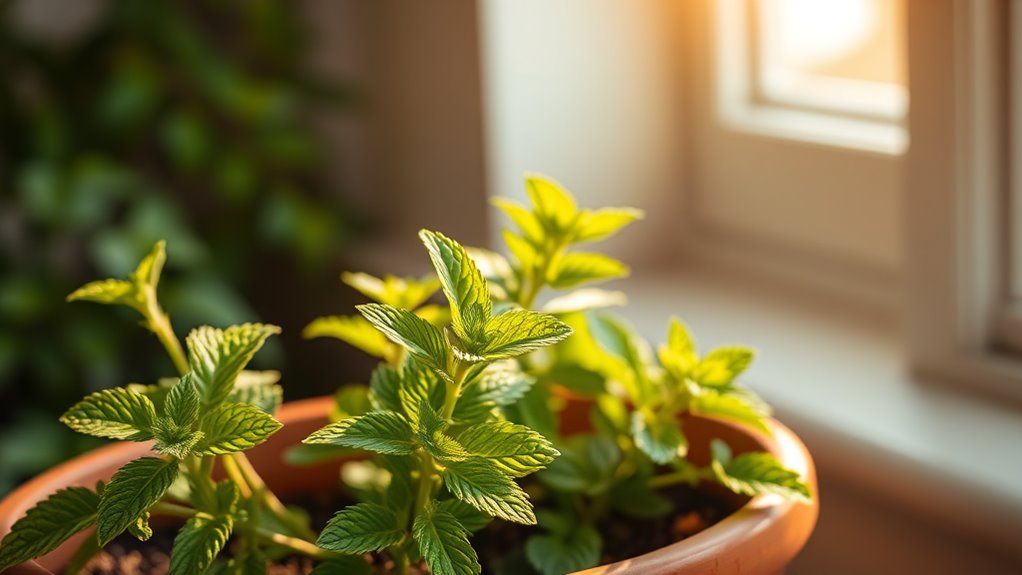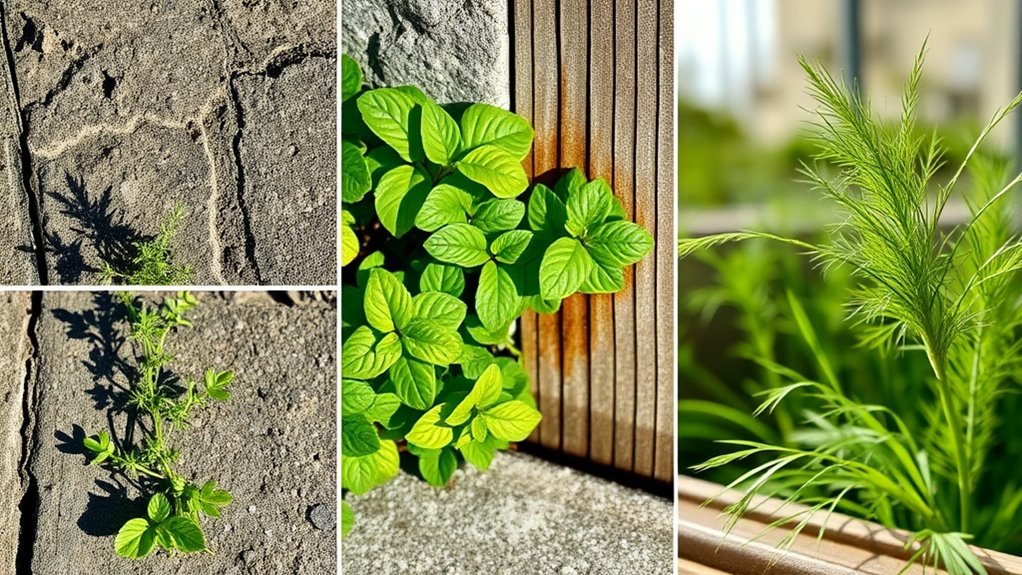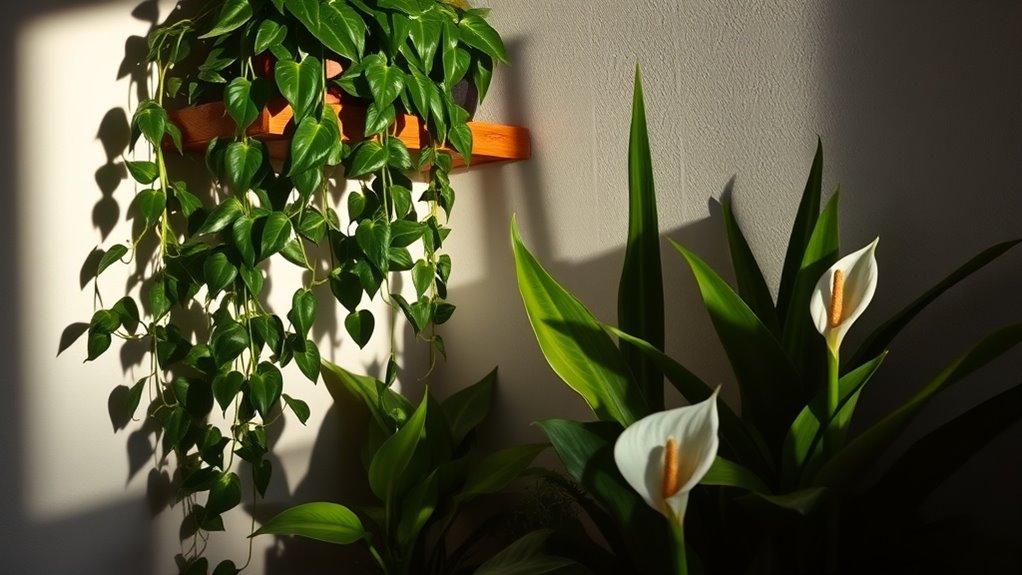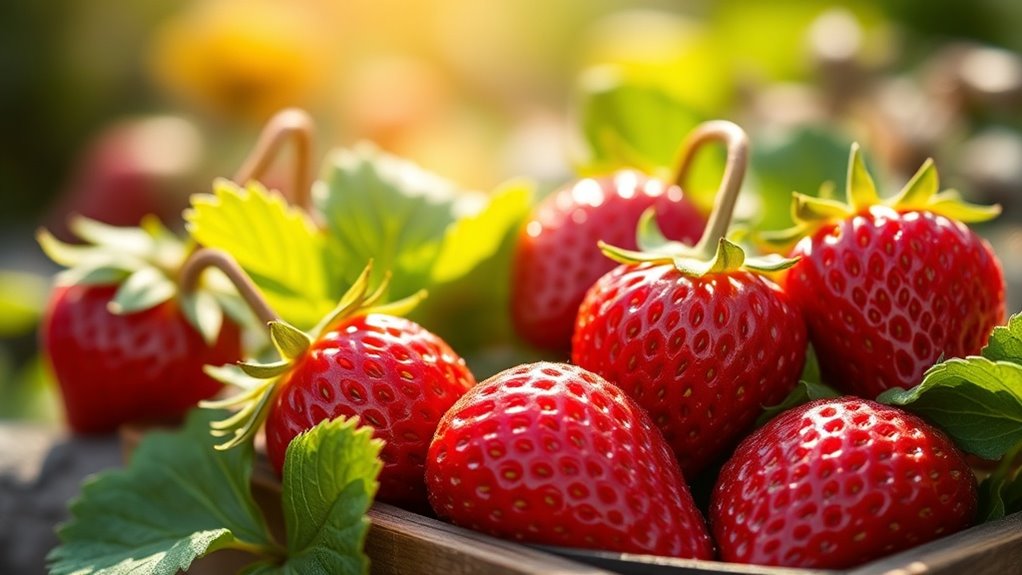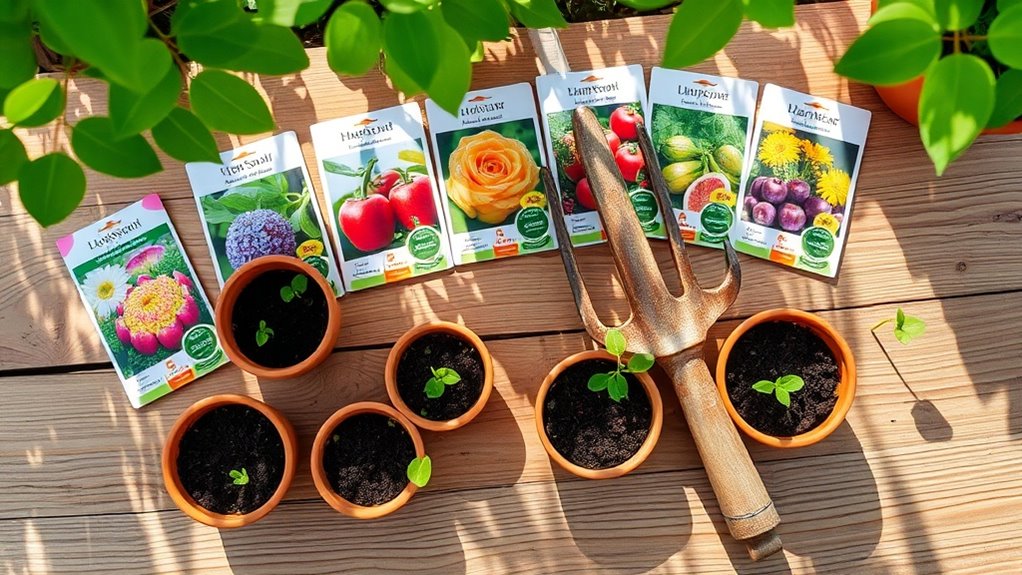My Indoor Mint Used to Die Fast-Now It’s Thriving Constantly
Isn’t it puzzling how some plants thrive while others wither away? Your indoor mint doesn’t have to be one of the latter anymore. With the right pot, quality soil, and the perfect lighting, you can transform your struggling herb into a healthy centerpiece. But what exact steps should you take to ensure consistent growth and flavorful leaves? Let’s explore the essential care techniques that turned my mint from a nearly lifeless sprig to a flourishing indoor garden.
Choosing the Right Pot and Soil
When you’re selecting the right pot and soil for your indoor mint, it’s crucial to consider both drainage and nutrient retention.
Choose a container with drainage holes to prevent waterlogging.
For soil, use a high-quality potting mix that retains moisture yet allows excess water to escape. This balance fosters a healthy environment for growing mint indoors, ensuring your plants thrive beautifully. Incorporating essential soil ingredients helps provide the necessary nutrients for optimal growth and health.
Understanding Light Requirements
Although mint is a resilient herb, it thrives best when you understand its specific light requirements.
Ideally, mint needs about 12 to 16 hours of bright, indirect light daily. Placing it near a south or west-facing window can provide the right intensity.
If natural light is insufficient, consider using full-spectrum grow lights to ensure your mint flourishes throughout the year. Additionally, maintaining soil quality is crucial for the overall health of your mint.
Establishing a Watering Routine
To keep your mint thriving, establishing a consistent watering routine is essential.
Water your mint when the top inch of soil feels dry, typically every 5-7 days. Ensure you use room temperature water and moisten the soil evenly, avoiding waterlogging. Avoiding overwatering is crucial, as it prevents root rot, which can quickly harm your plant. Check the drainage holes; excess water can lead to root rot. Observing your plant’s response will help fine-tune your schedule.
Fertilizing for Optimal Growth
Maintaining a consistent watering routine lays the groundwork for vibrant mint growth, but it’s the right fertilization that truly fuels its vitality.
Use a balanced, water-soluble fertilizer every four to six weeks, ensuring it’s diluted to half strength. This method provides essential nutrients like nitrogen, phosphorus, and potassium, encouraging robust leaf development and enhancing the aromatic oils that give mint its distinctive flavor. Additionally, watering at optimal times can improve nutrient absorption and plant health.
Pruning and Harvesting Techniques
Regularly pruning and harvesting your indoor mint is essential for promoting healthy growth and enhancing flavor.
Cut back stems to about two inches above the base, encouraging bushier plants. Use clean, sharp scissors to prevent disease.
Harvest leaves as needed, ideally in the morning for peak oil content. By doing this, you’ll stimulate growth and enjoy vibrant, aromatic mint throughout its growing season. Additionally, flavorful herbs like mint can also provide various health benefits, making them a valuable addition to your indoor garden.

